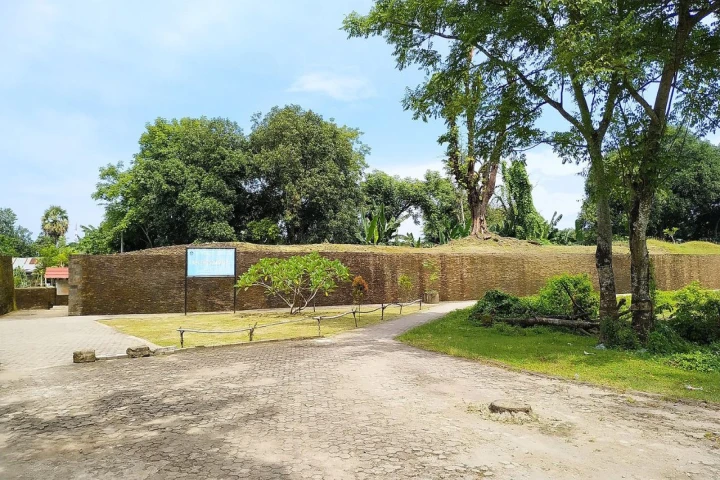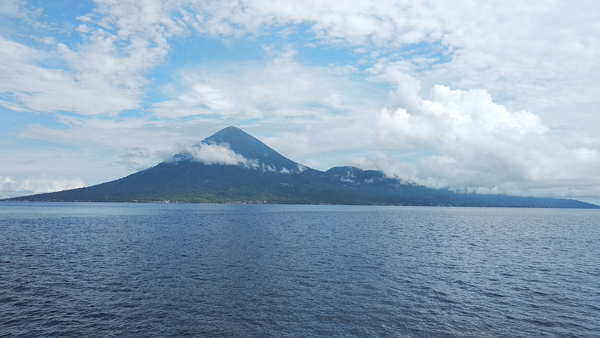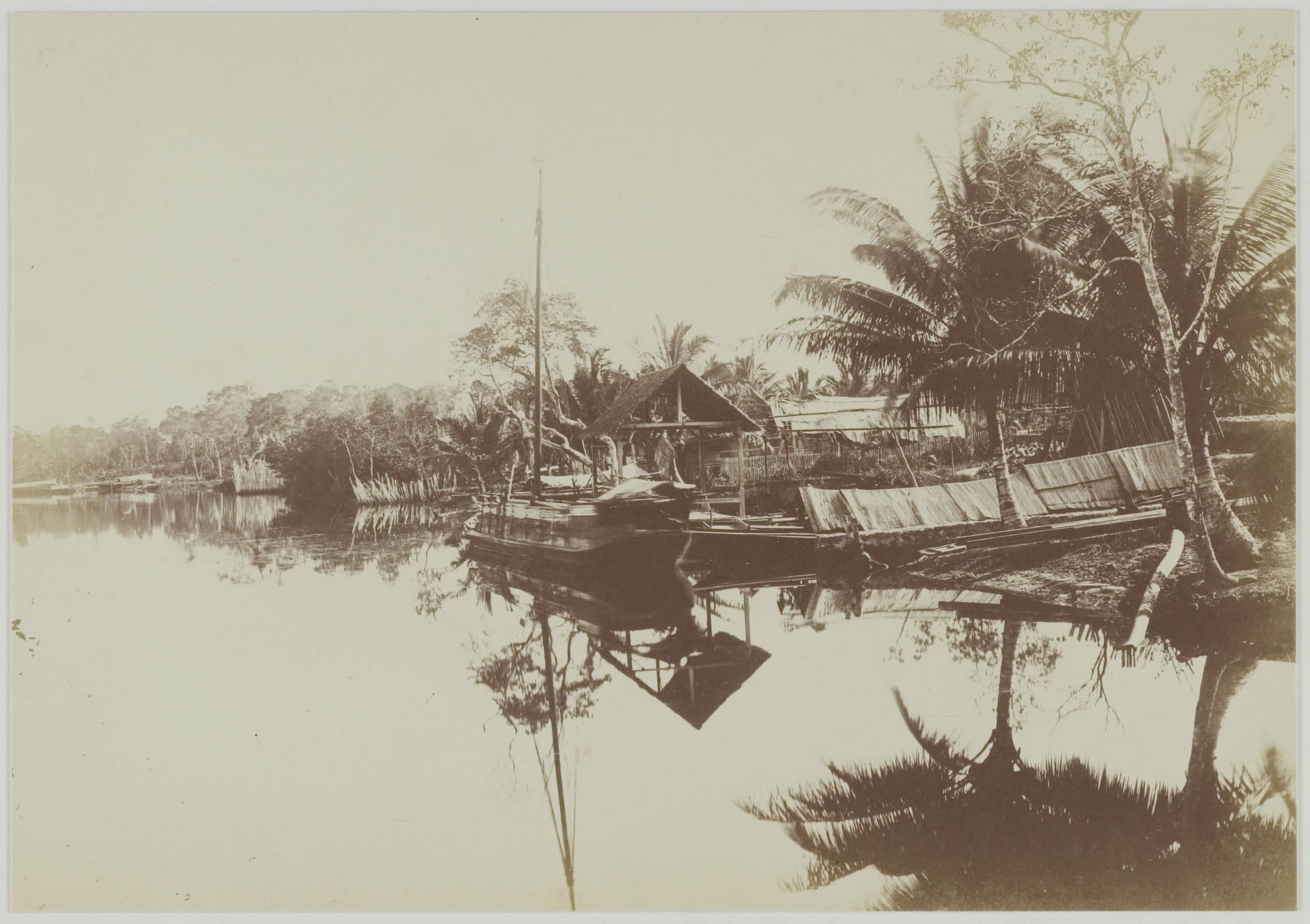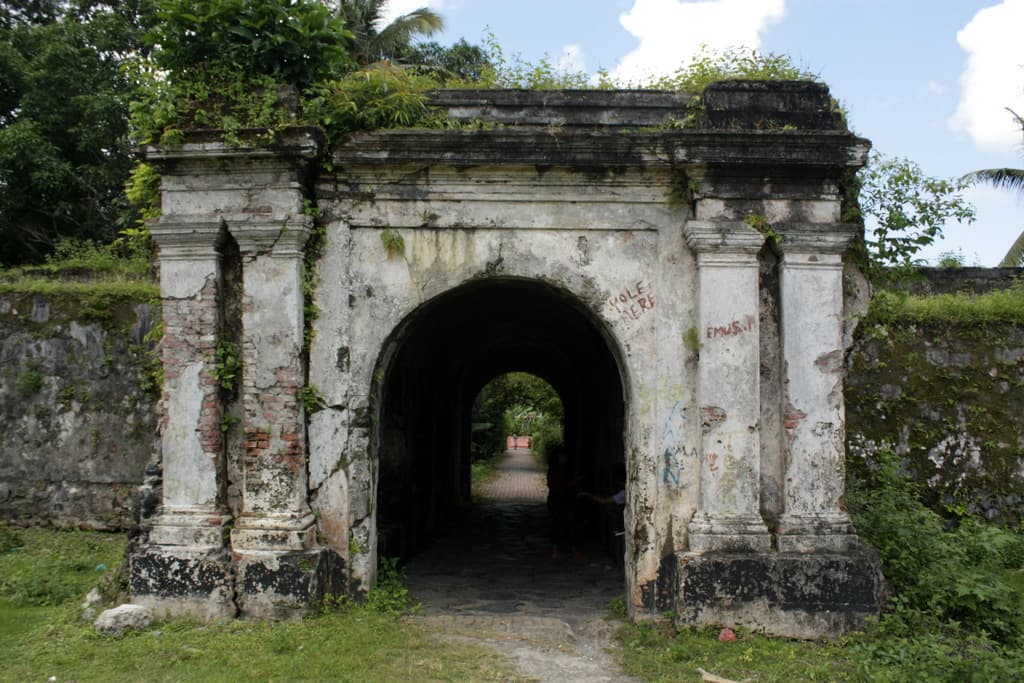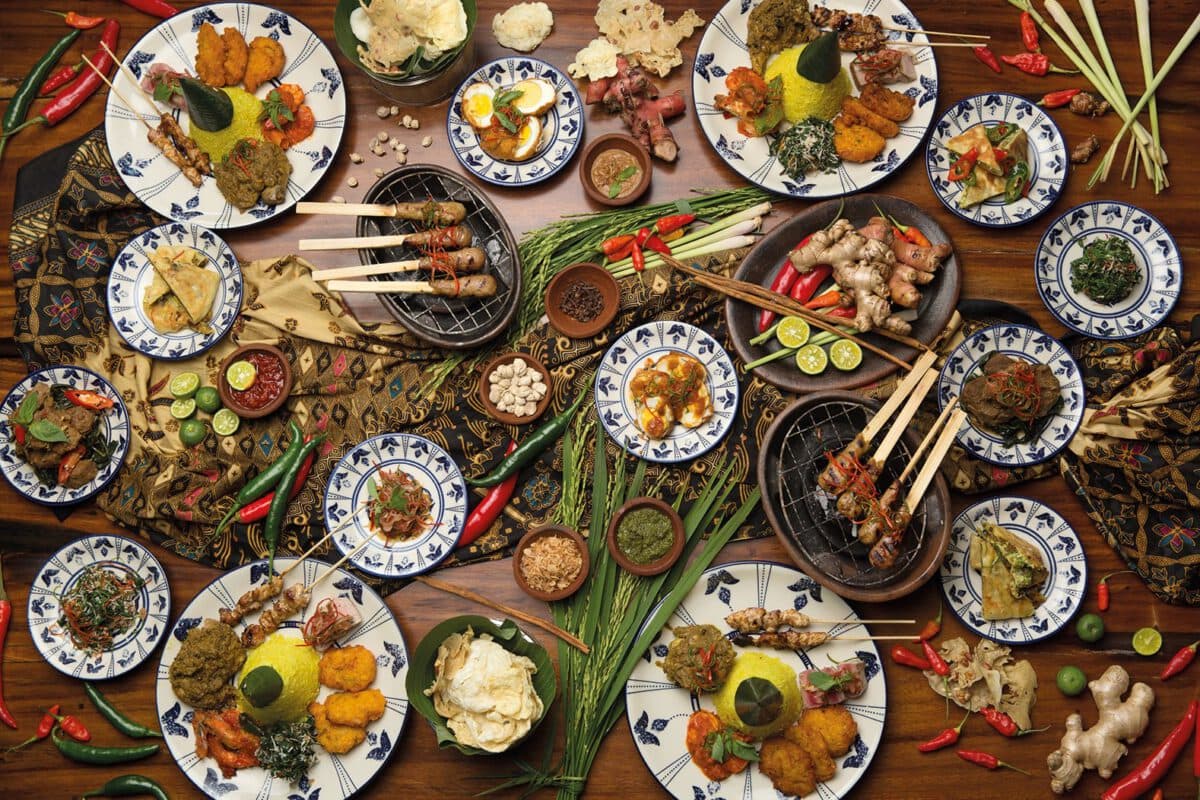
Foods can be an instrument to form intercultural understanding that increases international interactions and collaborations. Indonesian cuisines rich in spices give an alternative role in international relations, especially in public diplomacy, both people-to-people connection, and cultural diplomacy.
Knowing and understanding the meaning of Spice Routes extensively in the contemporary context is in line with the ideas of knowledge and benefits that follow in various ways. For example, today, we can use the trace of spices to promote Indonesian foods, arts, and cultures. Commonly, the story of spices is solely linked to the dynamics of economic history and social politics in the past. Meanwhile, in the current context of Indonesia, spices are also related to the probability of future dynamics.
Spices are not a mere element that shows the existence of the product in Nusantara. Instead, the existence of spices and the spice trades have filled most of the cultural narrative of Indonesia. Moreover, spices are rightly used to strengthen the national identity in the world through gastrodiplomacy.
It’s in line with the statement of Prof. Dr. Ir. Murdijati Gardjito, a Professor of Agricultural Technology of Gadjah Mada University and a writer who has written more than 70 books and articles concerning Indonesian culinary and gastronomy, “If we talk about Indonesian gastronomy, the most strategic one started from the role of Indonesia in the past.”
Gastrodiplomacy as a Means of Public Diplomacy
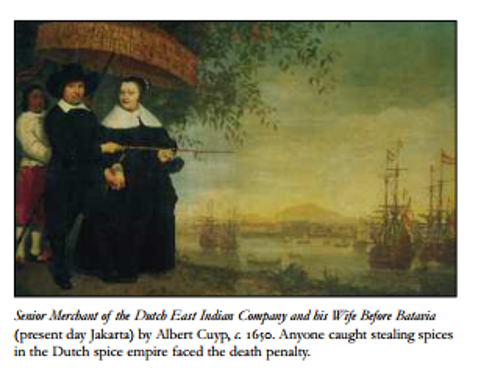
(Czarra, F. R. (2009). Spices: A global history)
The terminology or term gastrodiplomacy was first coined by the newspaper The Economist in 2002. In its article, The Economist highlighted the success of the Thailand government in making their food as an Ambassador to run the country’s diplomacy. Furthermore, the Economist marked Thailand’s ambitious global project as an extraordinary success, shown from the spreading of Thailand restaurants in different parts of the world (https://www.economist.com/asia/2002/02/21/thailands-gastro-diplomacy, accessed on 5 May 2020).
Generally, gastrodiplomacy is defined as public diplomacy performed by combining cultural diplomacy, culinary diplomacy, and the essence of nation branding to make foreign cultures (culinary culture, food narrations, etc.) real in other countries through touch and taste. According to Paul Rockower in the Recipes for Gastrodiplomacy, Place Branding and Public Diplomacy (2012), gastrodiplomacy practice tends to be performed by middle power countries, like Indonesia.
Some countries have had food-based markets from their own countries that penetrate the countries’ boundaries. Perhaps, most people in the world, including Indonesians, can identify certain countries and their food associations. For example, Japan with its sushi, Thailand with its tom yum and Thai tea, Vietnam with its pho and Vietnamese coffee, Turkey with its kebab, Italy with its pasta, and Korea with its BBQ and kimchi. Restaurants that serve menus from each country emerged to enter the global competition in gastronomy.
The restaurants that serve Indonesian cuisines enliven the food business overseas, though the number of Indonesian restaurants is smaller than other Asian restaurants, like Chinese, Thailand, and Vietnamese restaurants. For example, in the Netherlands, a country with a historical relationship with the highest number of Indonesian diaspora, Indonesian restaurants that have been there for several decades (Rušinović, 2006) must compete with Thailand and Vietnamese restaurants that emerged later.
The menus served in Indonesian restaurants in the Netherlands are traditional cuisines with globally known spices, including rendang, sate ayam, soto, fried rice, and gado-gado. However, the former Indonesian Ambassador to the United States, Dino Patti Djalal (2012), observed that in the large market of the United States, there are almost none of the well-known Indonesian restaurants to be found. Meanwhile, many Thailand, Malaysian, Vietnamese, Kamboja, and Afghan restaurants are spread all over the United States of America.
Spices and Indonesian Gastrodiplomacy

(Czarra, F. R. (2009). Spices: A global history)
The spice trade left its legacy to contemporary life, not only in Indonesia but also in the world. The Ministry of Education and Culture of the Republic of Indonesia has striven a long story of the global spice trade trace to be recognized by UNESCO World Heritage Committee (WHC). One of the Indonesian government’s targets in proposing the Spice Routes as a UNESCO heritage is to present the past for the future of Indonesia.
To this day, Indonesia is still the leading commodity producer of world spices. The main products are pepper, nutmeg, clove, mace, and cinnamon. The top export destinations are the United States, Germany, Netherlands, Singapore, and Japan.
Prof. Dr. Ir. Murdijati Gardjito said that during the Medieval period, around the 1500s, spices took an essential role in the nations of the world’s taste revolution. “The nations of the world could enjoy better tastes, more appetizing, by dint of Indonesian spices’ coming to Europe. Through the spices, supported by the richness of Indonesian biodiversity, they would create various kinds of Indonesian cuisines, not only rich in looks and tastes but also meanings,” he said. Consequently, to put spices as a part of Indonesian cultural diplomacy isn’t a fall short of expectations. Through the spices, Indonesian Gastrodiplomacy will be richer in tastes.
Bibliography
Czarra, F. R. (2009). Spices: A global history. London: Reaktion.
Djalal, Dino Patti. (2012). Dari Tukang Cuci Piring di KBRI Washington D.C Menjadi Duta Besar RI di Gedung yang Sama, in Dino Patti Djalal (ed). Life Stories: Resep Sukses dan Etos Hidup Diaspora Indonesia di Negeri Orang. pages 42-59. Red and White Publishing.
Tempo Magazine Special Edition: Ekonomi, Politik dan Sejarah di Belakang Bumbu Makanan Nusantara, 1-7 December 2014.
Rahman, Fadly. (2016). Jejak Rasa Nusantara: Sejarah Makanan Indonesia. Jakarta: Gramedia.
Rahman, Fadly. (2018). “Negeri Rempah-Rempah”: Dari Masa Bersemi Hingga Gugurnya Kejayaan Rempah-Rempah. Patanjala, Volume 11 Nomor 3 September 2018, 347-362.
Rockower, P. (2012). Recipes for Gastrodiplomacy, Place Branding and Public Diplomacy. 8(3), 235-246.
Rušinović, Katja. (2006). Dynamic Entrepreneurship: First and Second-Generation Immigrant Entrepreneurship in Dutch cities. Amsterdam: Amsterdam University Press.
Yayusman, Meilinda dan Aidulsyah, Fachri. (2020). “Penguatan Gastronomi Indonesia melalui Gastrodiplomasi: Identifikasi Awal Eksistensi Makanan dan Rempah Indonesia di Luar Negeri.” Tugas Akhir Workshop Berseri Metode Digital, Kedeputian Ilmu Pengetahuan Sosial dan Kemanusiaan LIPI.
Internet Sources
“Food as ambassador: Thailand’s gastrodiplomacy”
https://www.economist.com/asia/2002/02/21/thailands-gastro-diplomacy, accessed on 5 May 2020.
Jalur Rempah, Masa Lalu untuk Masa Depan Indonesia: Diusulkan ke UNESCO sebagai Warisan Dunia, https://www.jawapos.com/nasional/19/09/2020/jalur-rempah-masa-lalu-untuk-masa-depan-indonesia/, accessed on 19 September 2020.
Lazuardi, M. dan Triady, M.S. (2015). Ekonomi Kreatif: Rencana Pembangunan Kuliner Nasional 2015-2019. Bekraf. Accessed from http://indonesiakreatif.bekraf.go.id/ikpro/wp-content/uploads/2015/07/Rencana-Pengembangan-Kuliner-Nasional.pdf , accessed on 20 Januari 2020.
Medieval Europe’s ‘divine obsession’ with Indonesian spices, (2017) https://www.thejakartapost.com/adv/2017/07/21/medieval-europes-divine-obsession-with-indonesian-spices.html, accessed on 19 September 2020.
News Desk The Jakarta Post. (2019). “Indonesia to propose spice trail for UNESCO World Heritage list” https://www.thejakartapost.com/life/2019/09/21/indonesia-to-propose-spice-trail-for-unesco-world-heritage-list.html, accessed on 19 September 2020.
Sebastian Partogi. (2017). “Cultural significance in maritime spice trade” https://www.thejakartapost.com/life/2017/09/22/cultural-significance-in-maritime-spice-trade.html, accessed on 19 September 2020.
The writer is the Research Team of National Research Priority (PRN). “Penguatan Peran Gastronomi Indonesia di Luar Negeri melalui Gastrodiplomasi” as a five-year research plan, is under the great framework run by the Deputy of Science and Humanities, Indonesian Institute of Sciences (IPSK-LIPI).
Text: Tim Peneliti Prioritas Riset Nasional (PRN)
Editor: Tiya Septiawati
Translator: Dhiani Probhosiwi



